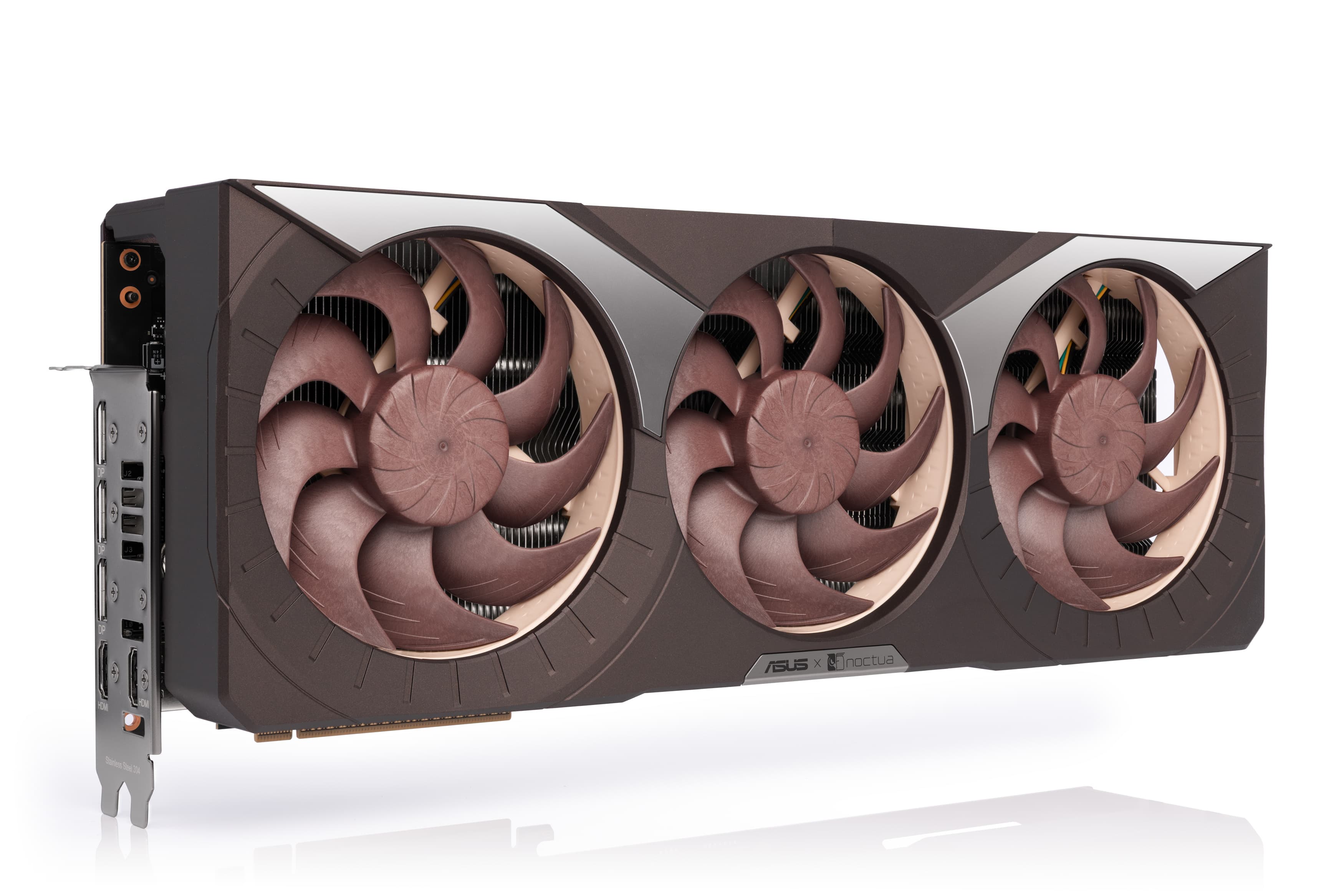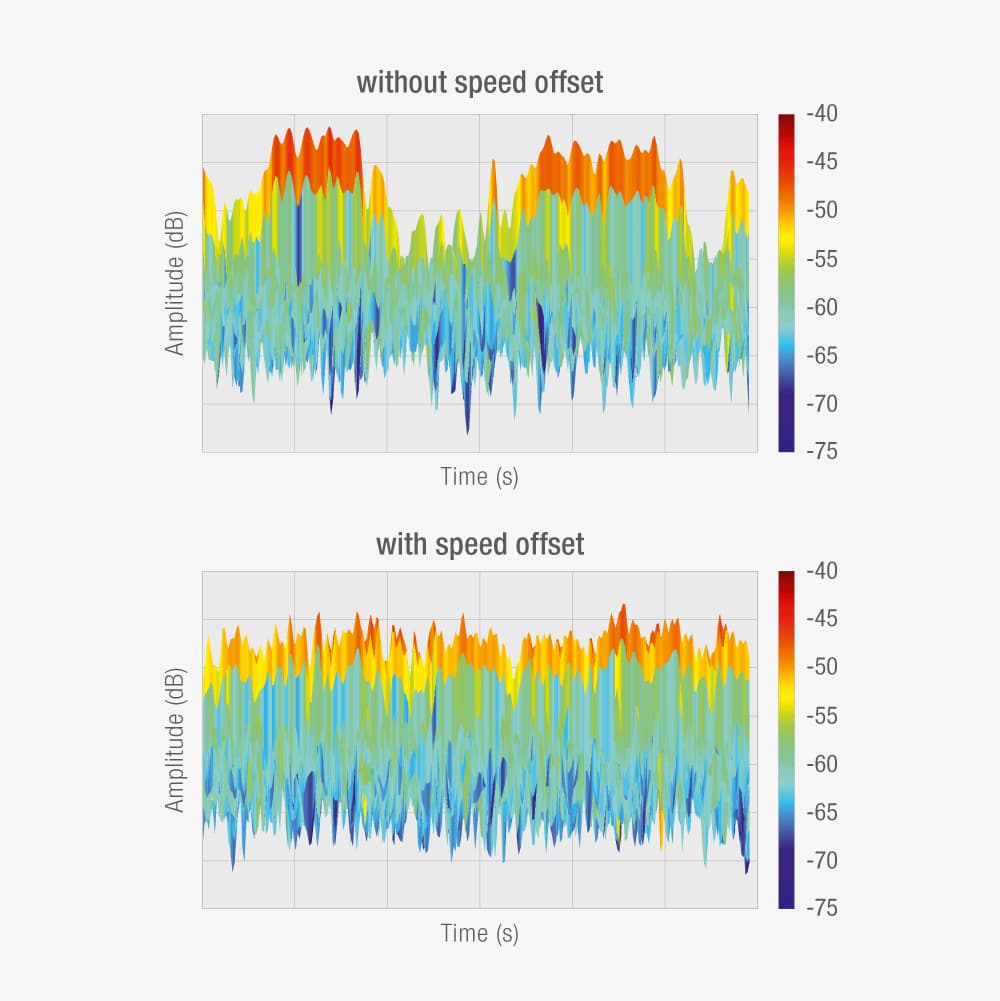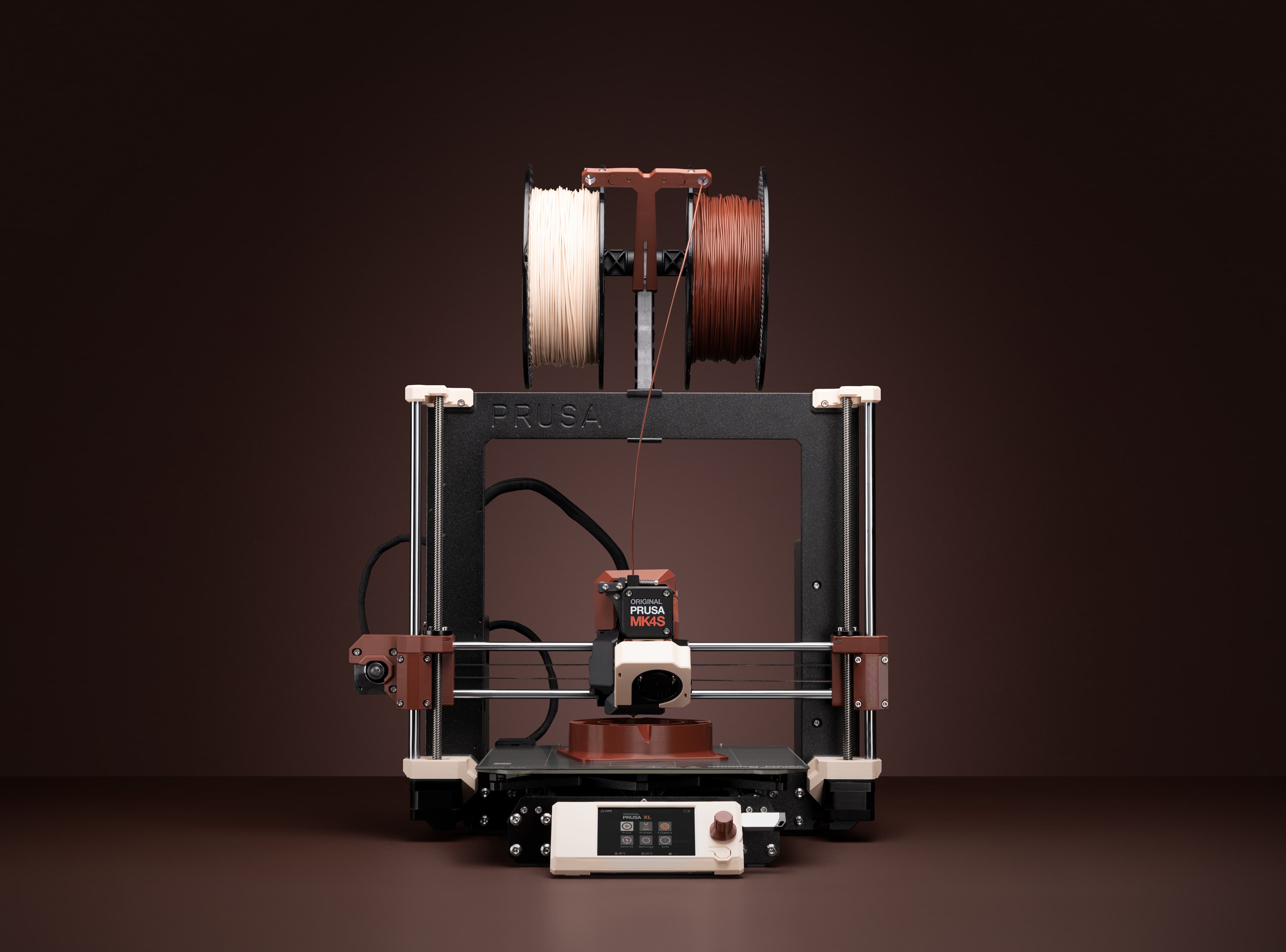
ASUS GeForce RTX 5080 Noctua Edition
Ultra-Quiet Graphics Card
Ultimate performance-to-noise efficiency
A superb choice for ultra-quiet gaming systems
Triple NF-A12x25 G2 fans
For exceptional cooling at minimal noise levels
Tailor-made heatsink
With vapour chamber and 11 heatpipes

Triple NF-A12x25 G2 fans
Integrating three of Noctua’s latest, state-of-the-art NF-A12x25 G2 fans, the ASUS GeForce RTX 5080 Noctua Edition is the first gaming GPU that utilises a triple 120x25mm cooling setup. Thanks to the NF-A12x25 G2’s superior performance-to-noise ratio, this enables it to set a new benchmark in its class.

Speed-offset for optimal acoustics
For acoustic fine-tuning, the three NF-A12x25 G2 fans are slightly offset in speed (+/-50rpm) in an PPA/PPB/PPA pattern. This speed offset helps to avoid undesired interaction phenomena such as periodic humming or vibrations due to beat frequencies .

Custom-designed heatsink
The heatsink of the ASUS GeForce RTX 5080 Noctua Edition has been custom-designed and thoroughly optimised to fully utilise the pressure capacity of the NF-A12x25 G2 fans. With a large vapour chamber, seven 8mm and four 6mm heatpipes as well as an extensive, densely packed fin-stack, it provides a massive upgrade over the heatsinks of previous Noctua Edition GPUs.

Semi-passive cooling
Thanks to a semi-passive fan control setup that can switch the fans off completely whenever the GPU temperature goes below 50°C (ASUS 0dB technology), the card can run entirely passive during office productivity tasks, web browsing, or even light gaming when using well-ventilated cases at low to moderate ambient temperatures.

Further resources
Want to know more on this topic? Explore relevant articles and resources.

Superior quiet cooling: ASUS RTX 5080 Noctua Edition performance analysis
Featuring three NF-A12x25 G2 fans and a custom-engineered heatsink, the ASUS RTX 5080 Noctua Edition GPU sets a new benchmark for near-silent performance.

Fan speed offset explained: Beat frequency theory
When two fans are running together at almost the same speed, their acoustic interaction can lead to undesirable harmonic phenomena, known as beat frequencies.
Our services
About ASUS
Established in 1989, ASUS is a multinational company known for the world’s best motherboards and high-quality personal computers, monitors, graphics cards, routers and other technology solutions.
Learn more




























